As the samples are (mostly) on their way, some have asked for suggestions or ideas for what to do with them. I always find giving instructions to be a bit hard, mostly because everyone has their own preferences and their own teaware, so it’s not easy to give instructions that makes sense. I suppose I should, however, say something about what I am thinking of when drinking these, and maybe these will be useful.
I think the first thing I should note is that there’s a reason there’s a double dose of the finished product, labeled 59 for 59 hours. Since that is what the roaster was trying to get to – the finished product – it is probably best to try that one first. That gives you an idea of what the end goal is – what the roaster is trying to achieve. You can also start out with the no roast (0) as well, as a comparison. I think it’s pretty clear, right away, that from 0 to 59 the distance is pretty huge.
Now, for the stuff in between: I think there are two ways to try them, and both should probably be done, circumstances allowing. One way is to set them up in a line with identical teaware and do it cupping style, which may or may not be practical if you don’t have the right stuff. However, a simple way to do it, without those cute little lidded cups, is just to use a bowl and a spoon, like in the picture here. Leave the leaves in the bowl, and just use the spoon to get a little of the liquor to taste, while smelling the back of the spoon. That does a pretty good job, especially if you want low maintenance cupping. Cleanup is a breeze.
The other is simply tasting them regularly, as if you’re drinking the tea normally. For these things, I’d generally recommend using a small pot and filling to pot anywhere from 1/4 to 1/3 full of dry leaves, depending on personal taste, etc. Precise parameters are not that important, as long as it’s done more or less consistently – that way you can sense the differences more clearly. Drink it, and see what you find.
One participant also suggested that, for the sake of making the discussion more uniform and mutually intelligible, maybe everyone should use Volvic as a basis for comparison, because Volvic is generally a pretty good water for this kind of tea, and it’s pretty easy to get anywhere. I’m throwing it out there as a suggestion – it will, indeed, standardize the parameters somewhat, so everyone’s talking about more of the same thing. Some water, for example, may make this tea sour, while others wouldn’t. Just throwing it out as an idea.
One way to compare more properly is to keep going back to the 59 hours version after trying each of the other one, to get a sense of the difference between the two. After all, this is an exercise in trying to learn something from the roasting process. Why, for example, did he need to roast an extra 30 hours, when the one with 30 hours roast is already tasting pretty roasty? In fact, if you look at the raw leaves or the liquor of the tea of the 30, 45, and 59, the differences are not that obvious at first glance. Even when you drink it, when you try only a sip or two, you may find them tasting very similar. The basic notes and structure is the same, the devil is in the details.
When I asked him why all the way to 59 hours, instead of just stopping at 30 or 45, he said simply it’s “not good tasting at all”. When pressed why they don’t taste good, the answer is “rough, bitter.. just not very good”. They are also “not fully done”. So I think asking the question of “why spend the extra 45/30/15 hours in the oven?” is probably a good starting point. After all, if he can cut down his work by half, I’m sure he would’ve done it by now. So, what did that extra time in the oven add or eliminate that makes it worthwhile?
Keep in mind that this tea is in a style that is most popular in Southeast Asia. They sell a lot of this overseas, and their brand is fairly recognizable in places like Malaysia, Thailand, and Singapore. The customers want a certain taste, and they provide it. The 59 hours roast represents that taste, and the ones that have less time are considered not yet ready.
The extra sample, labeled X, is just for reference. It’s the lowest grade roasted TGY they sell, and I thought adding that in will help show the range of possibilities of outcomes for roasting when the raw materials are different. X has undergone a similar level of roast, but was slightly less because, as he put it, “the leaves can only take so much – the quality is not there”. What’s missing in X compared to 59 should be obvious, I think.
Lastly – I did ask if they’ve played with roasting variables before by, for example, lowering temperature and taking longer. His answer is “yeah, we’ve tried, and when the temperature gets lower, the tea doesn’t get cooked through no matter how long you roast it”. So, there you have it.

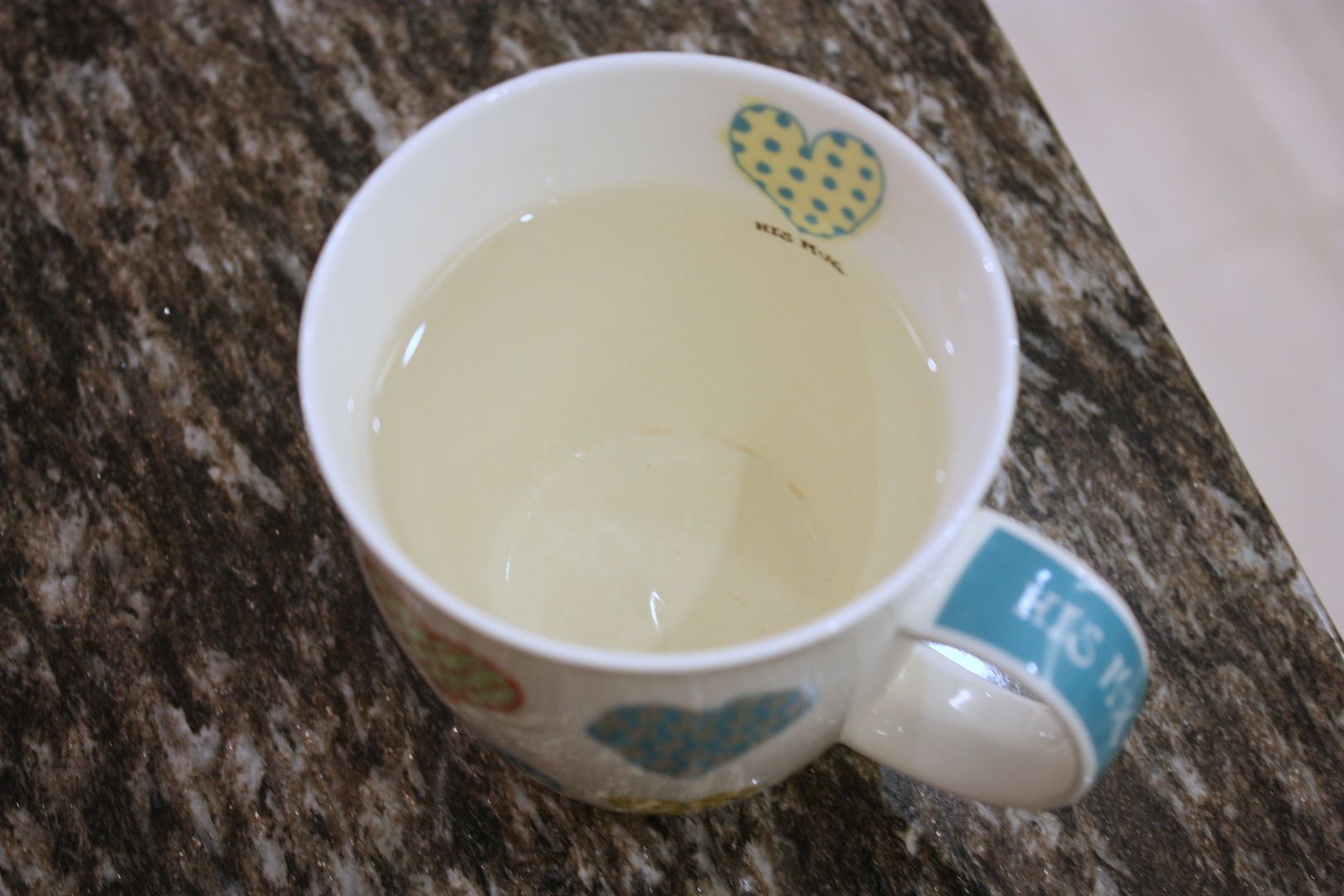
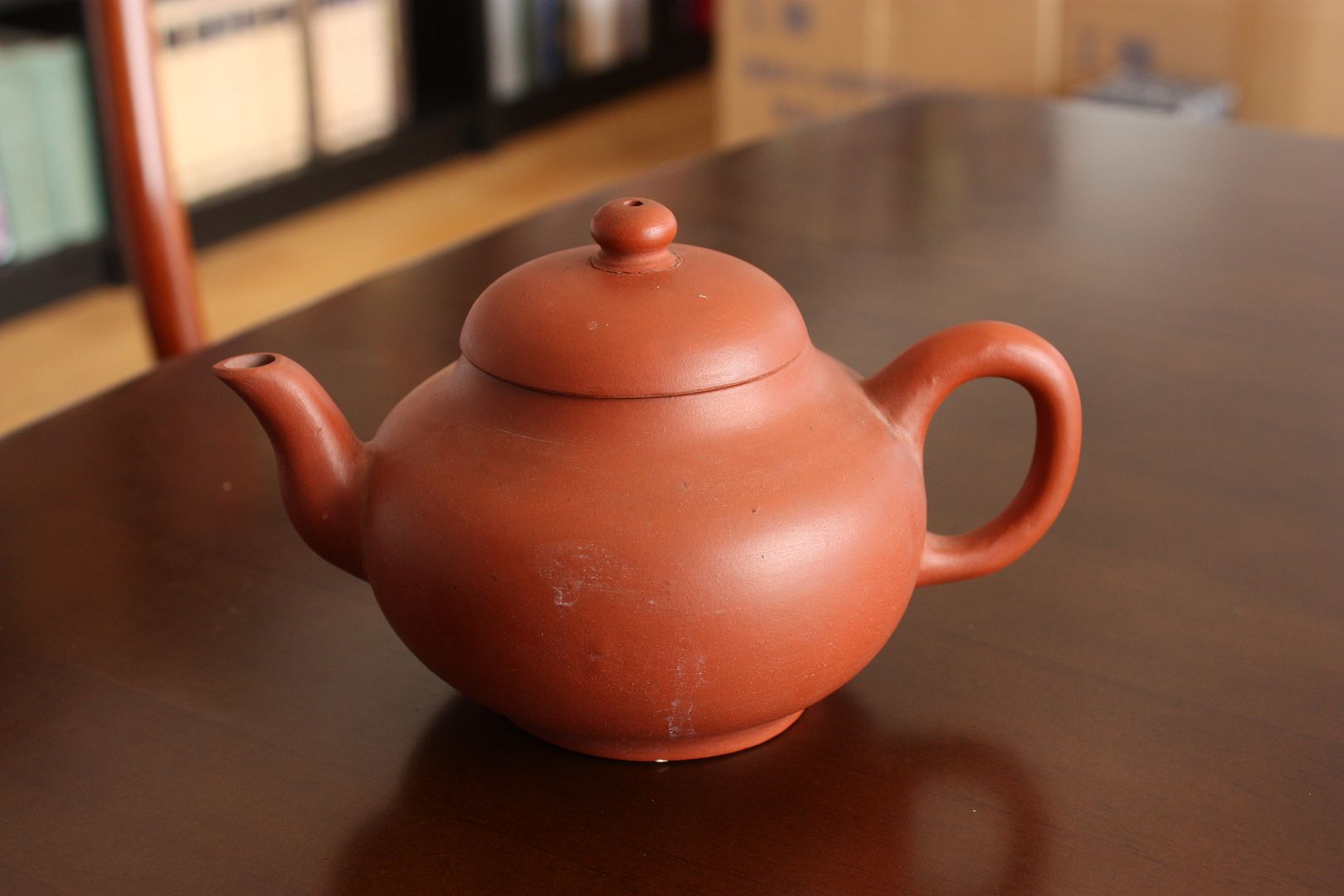
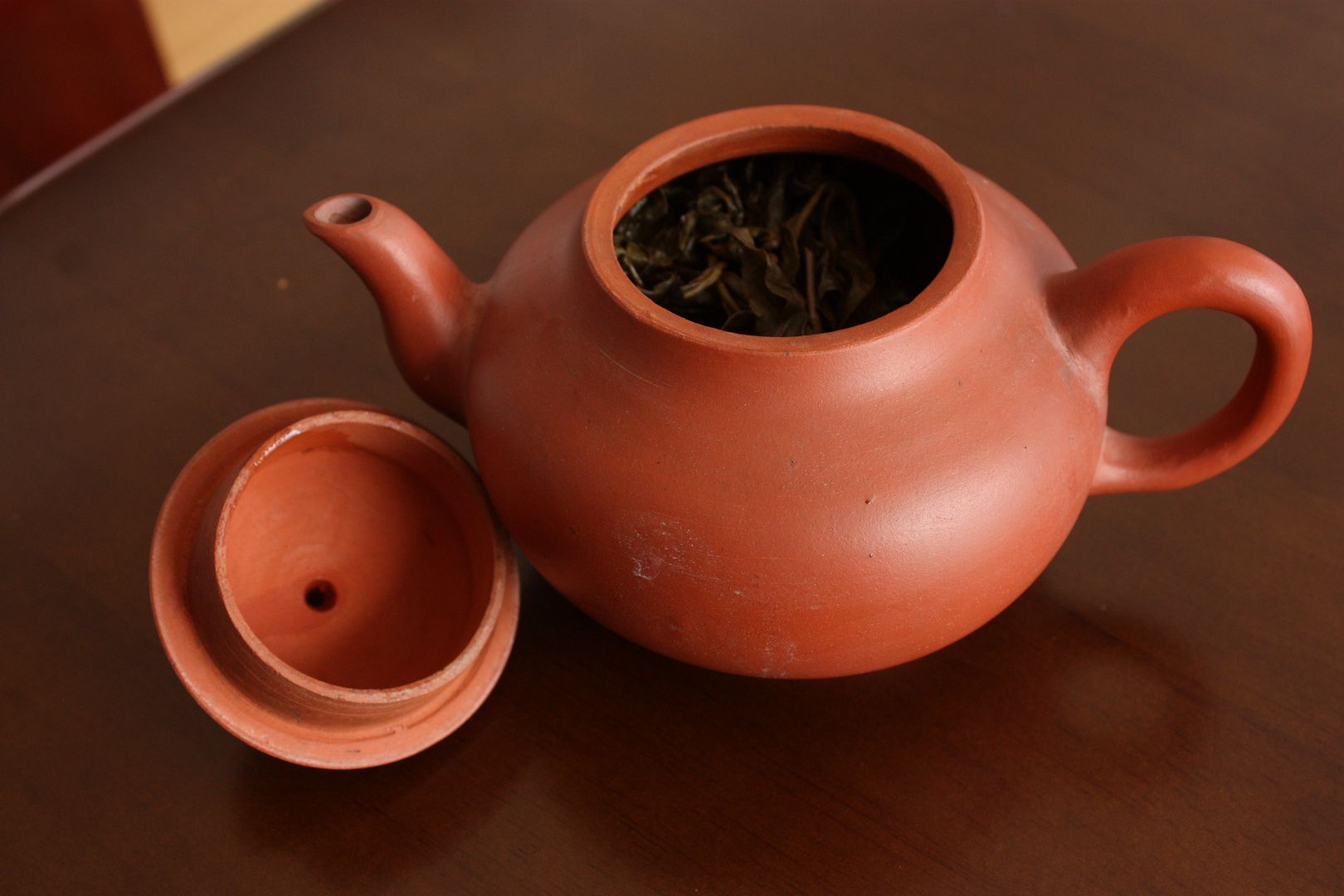
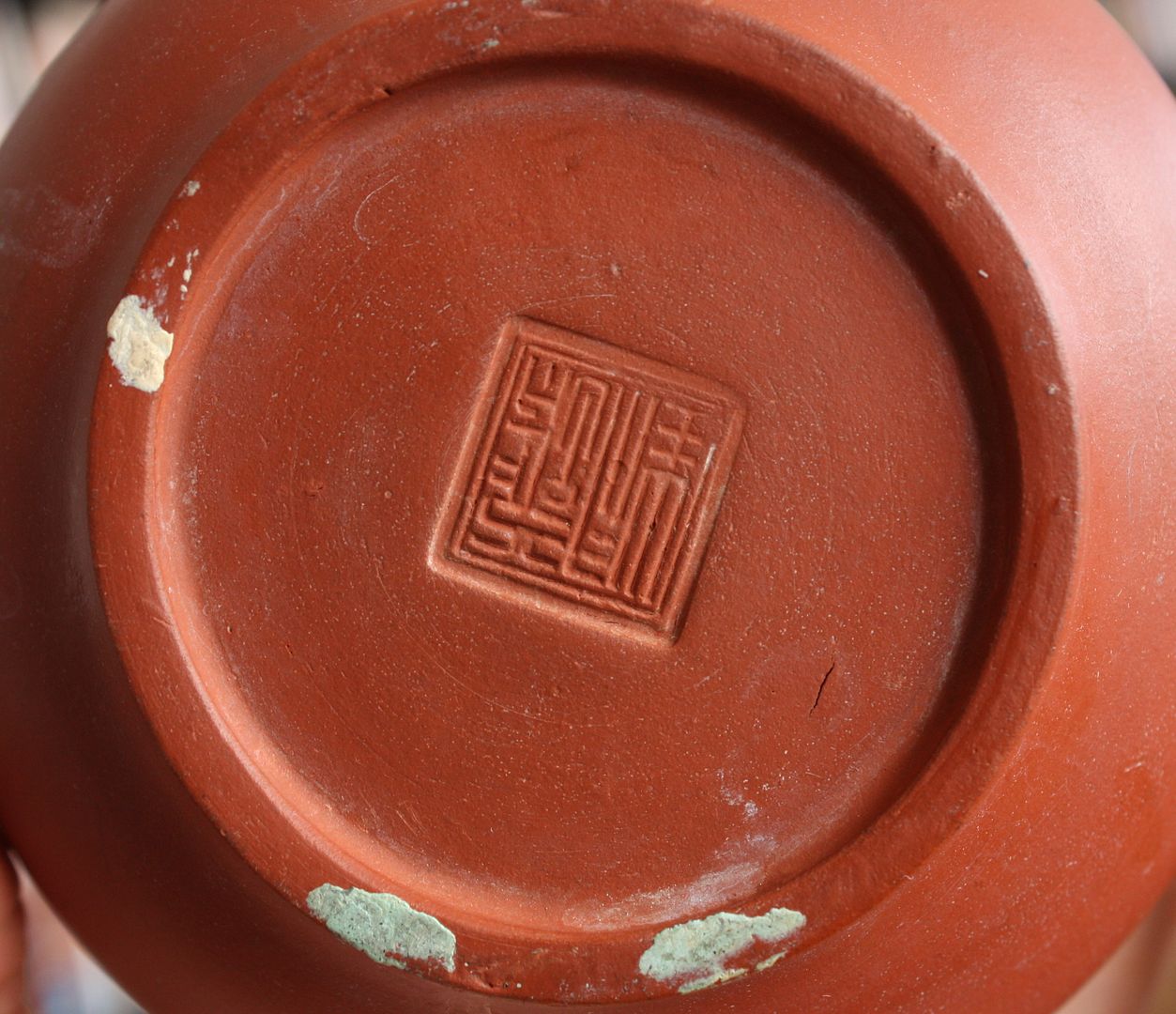
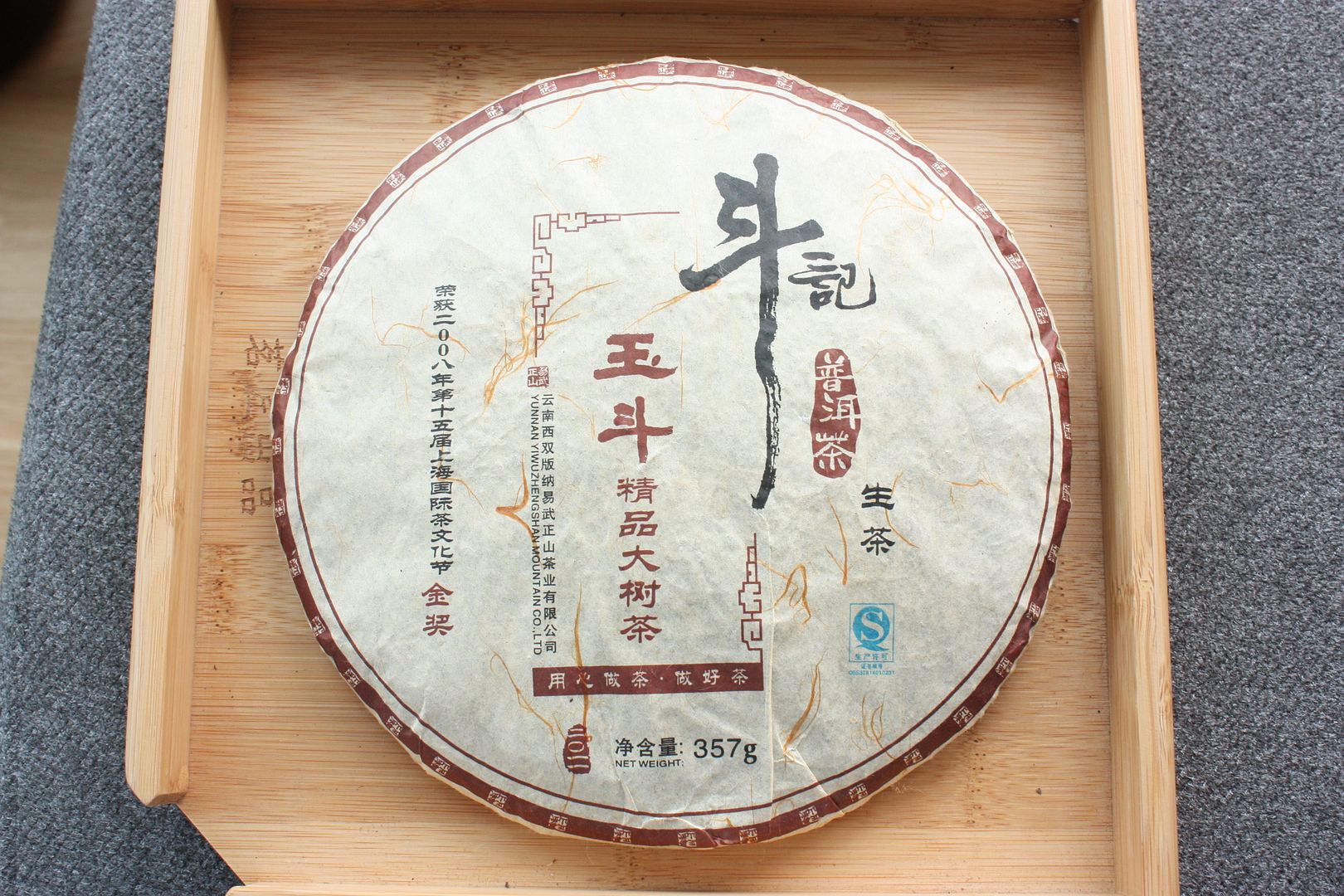
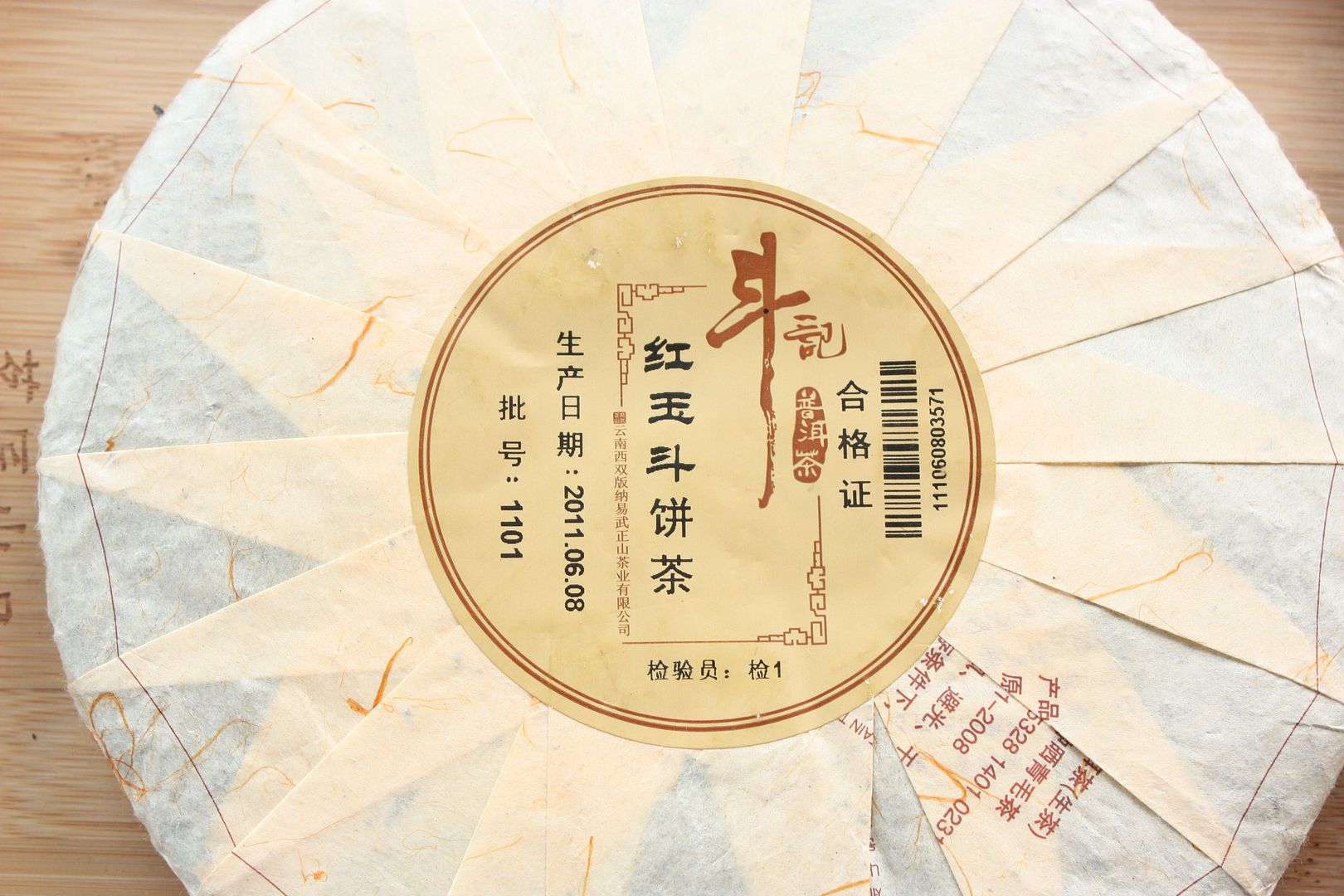
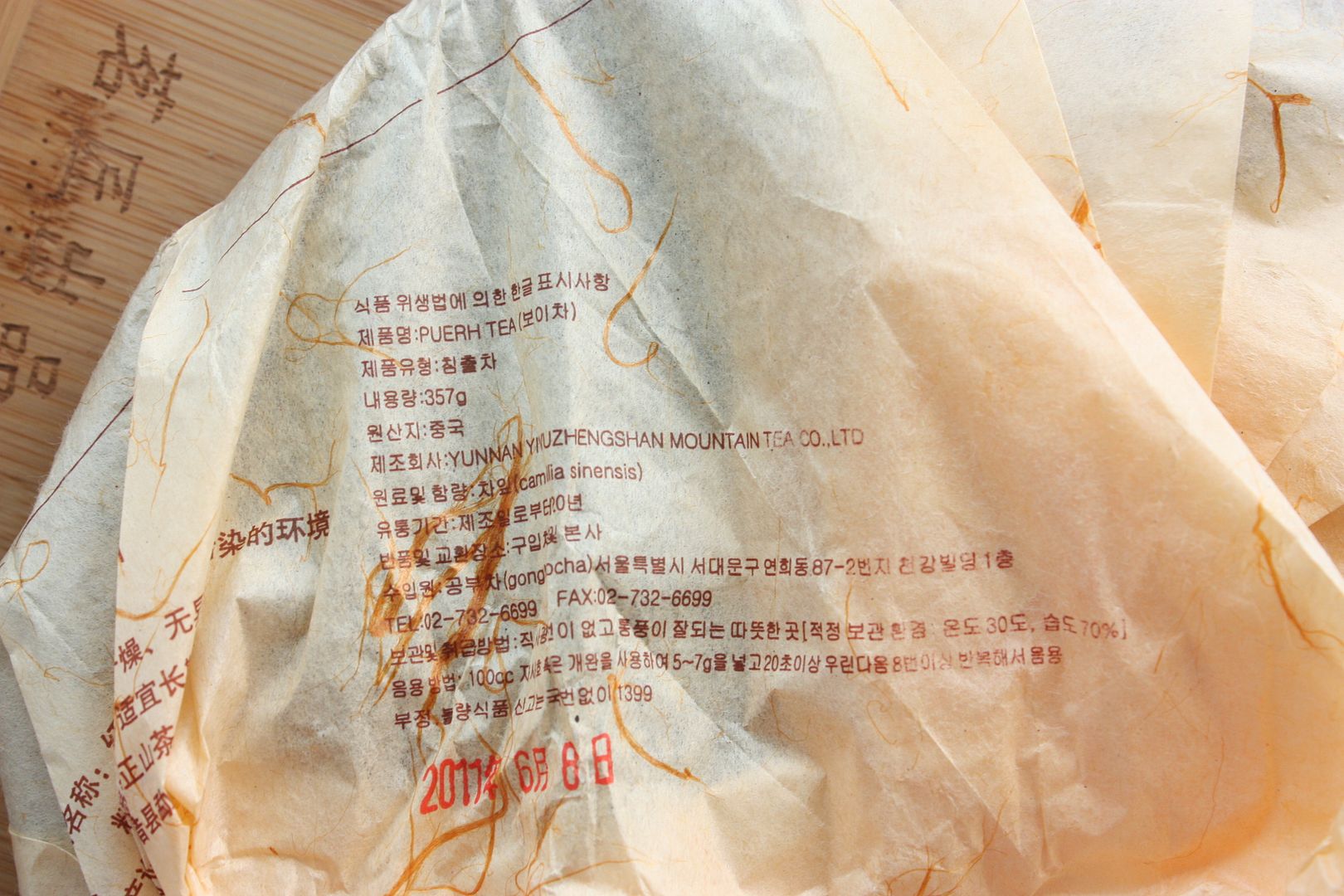
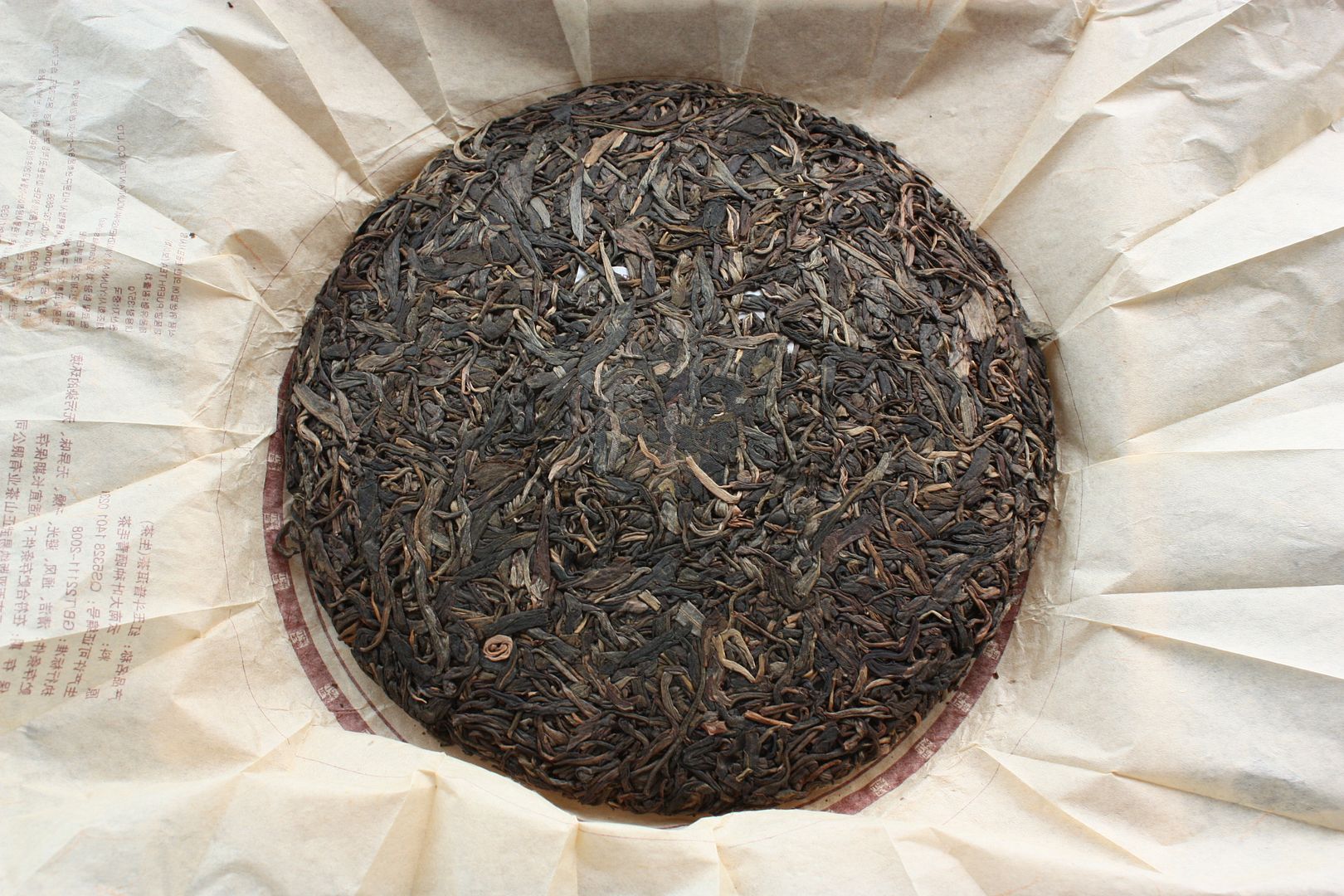
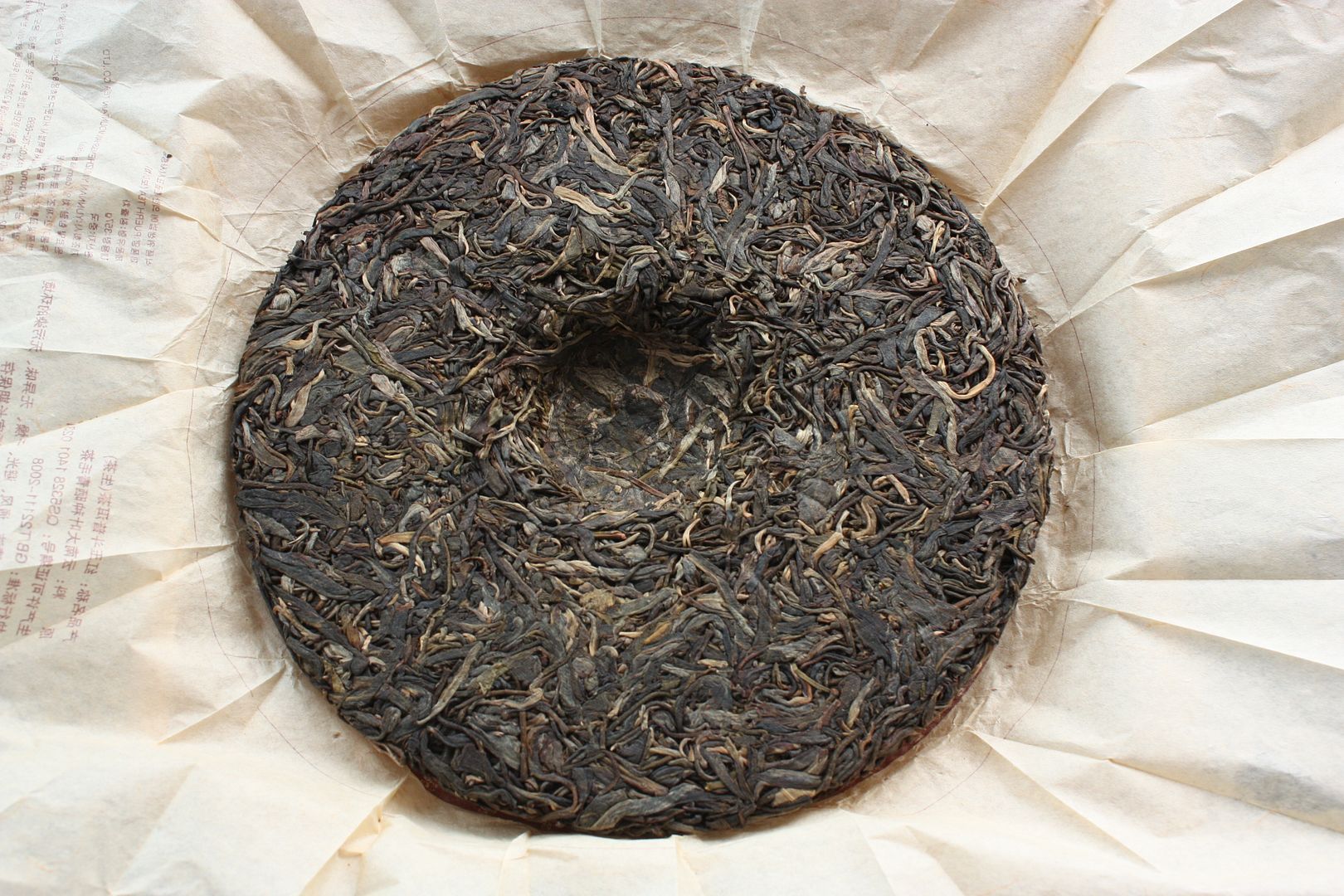
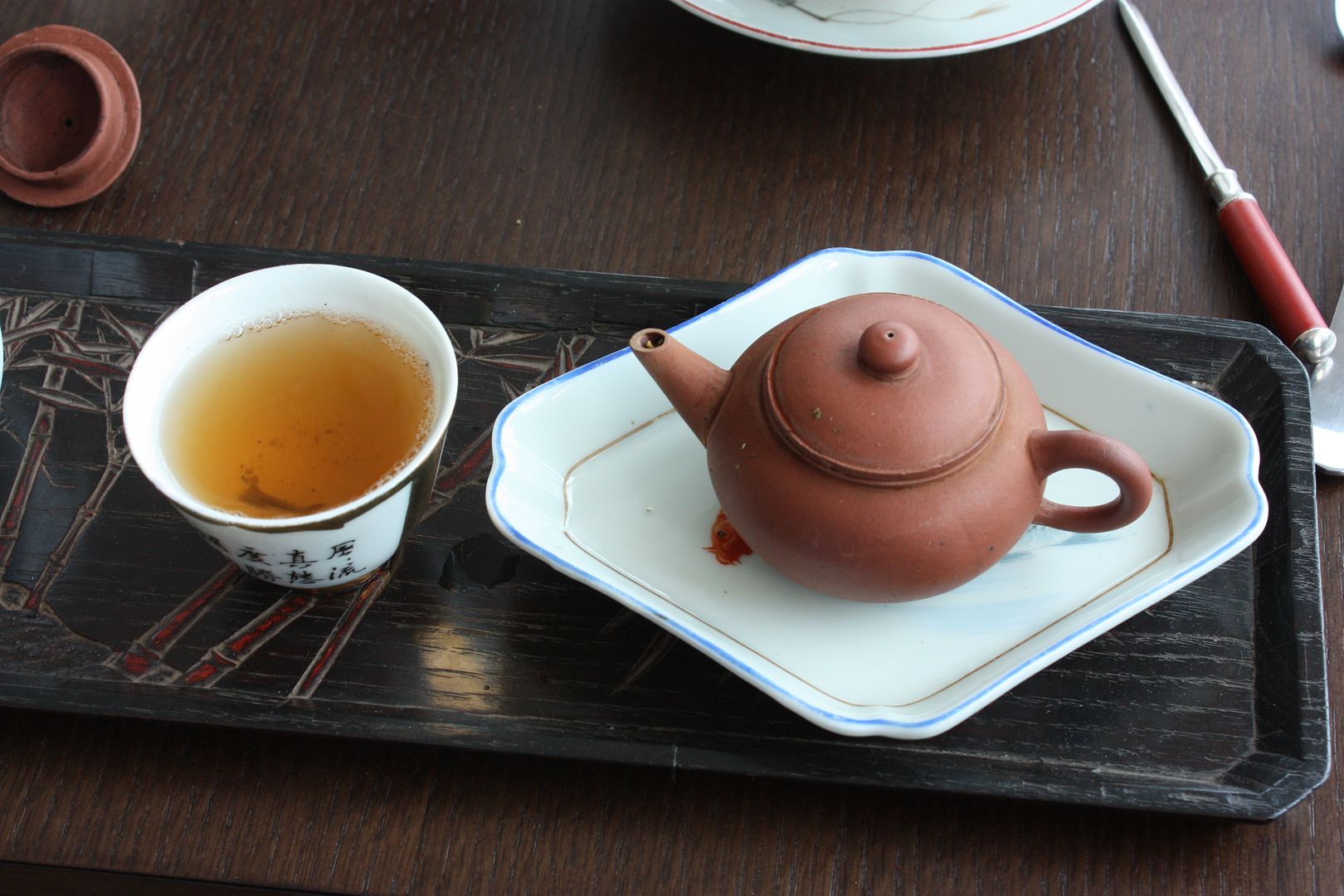
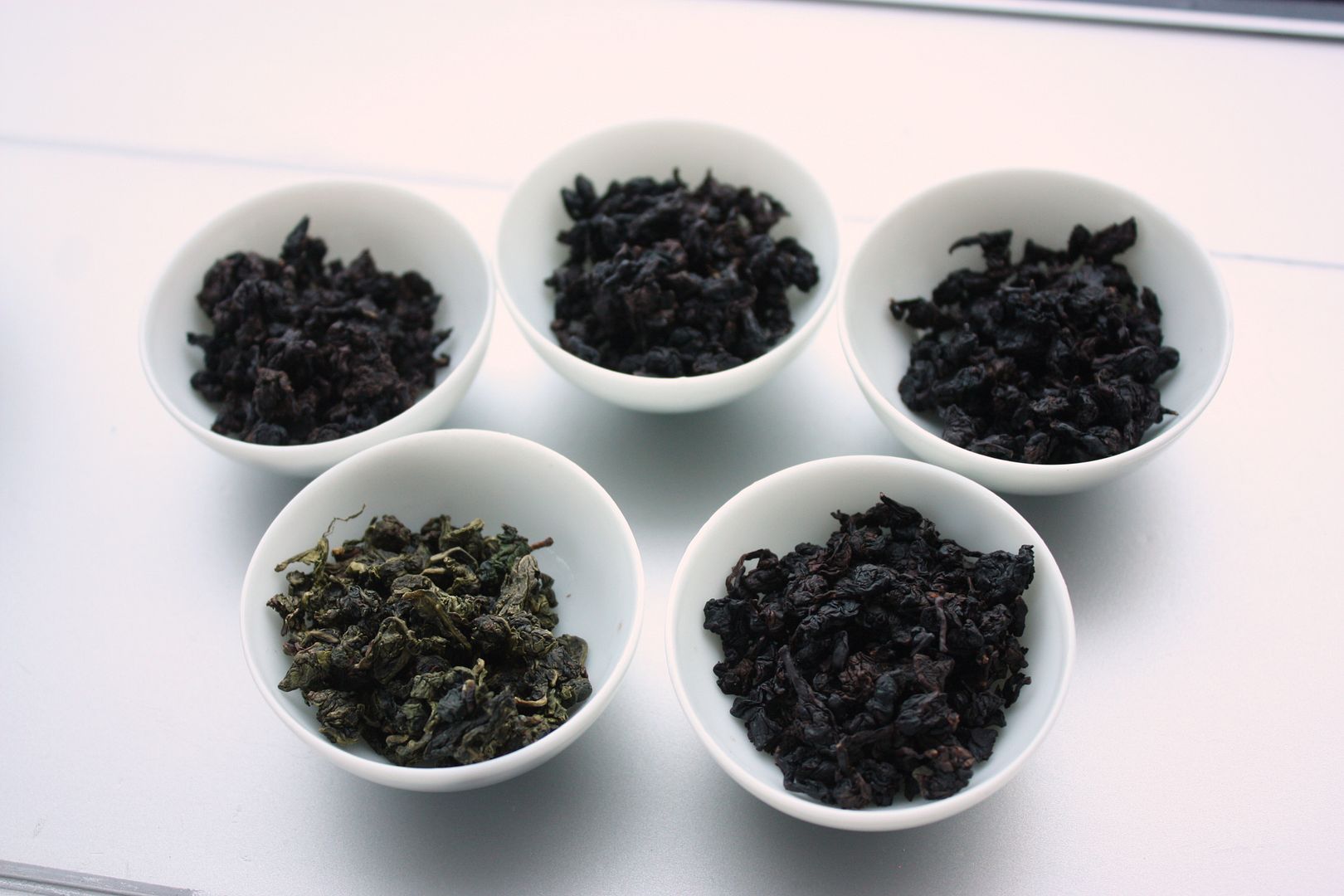
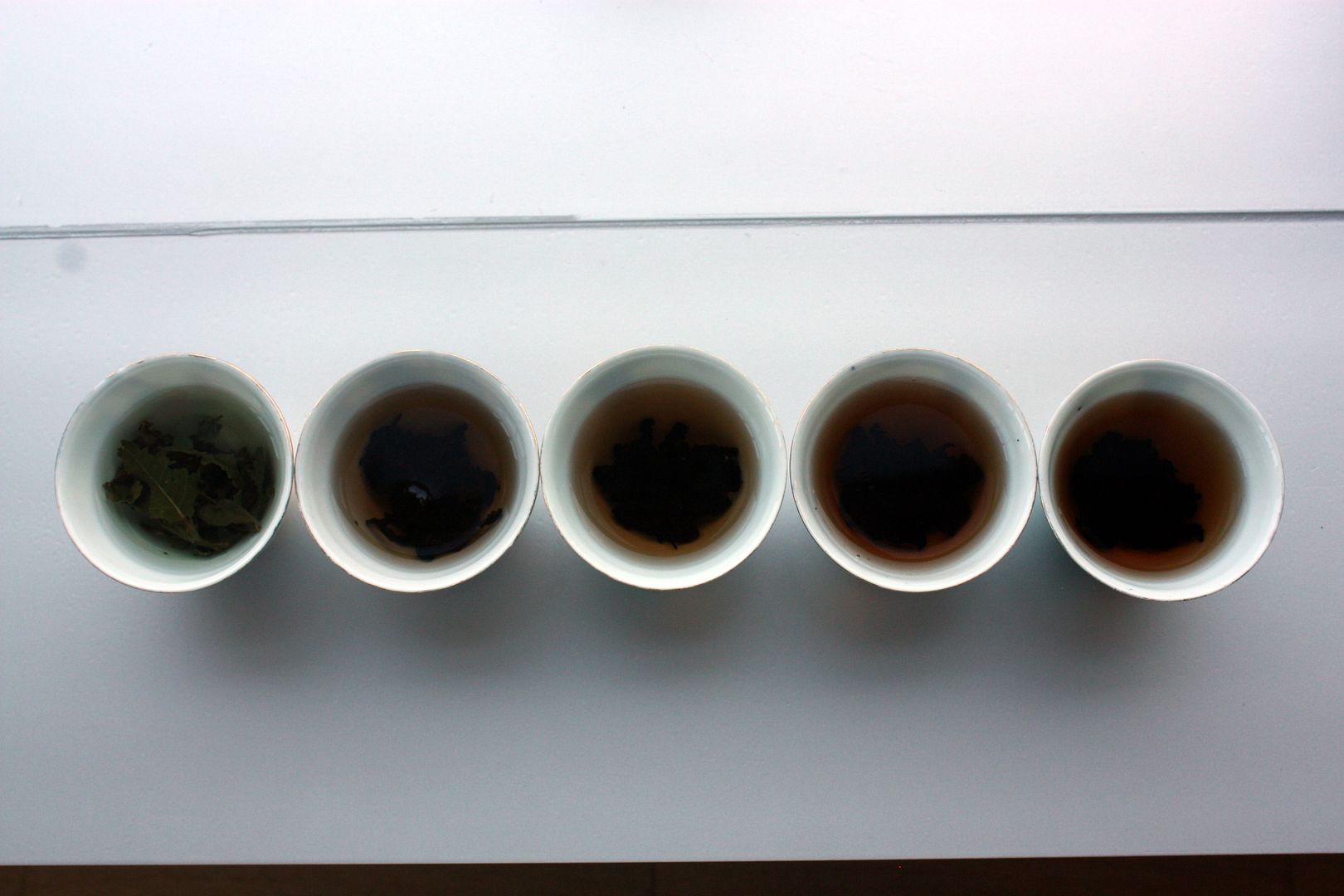
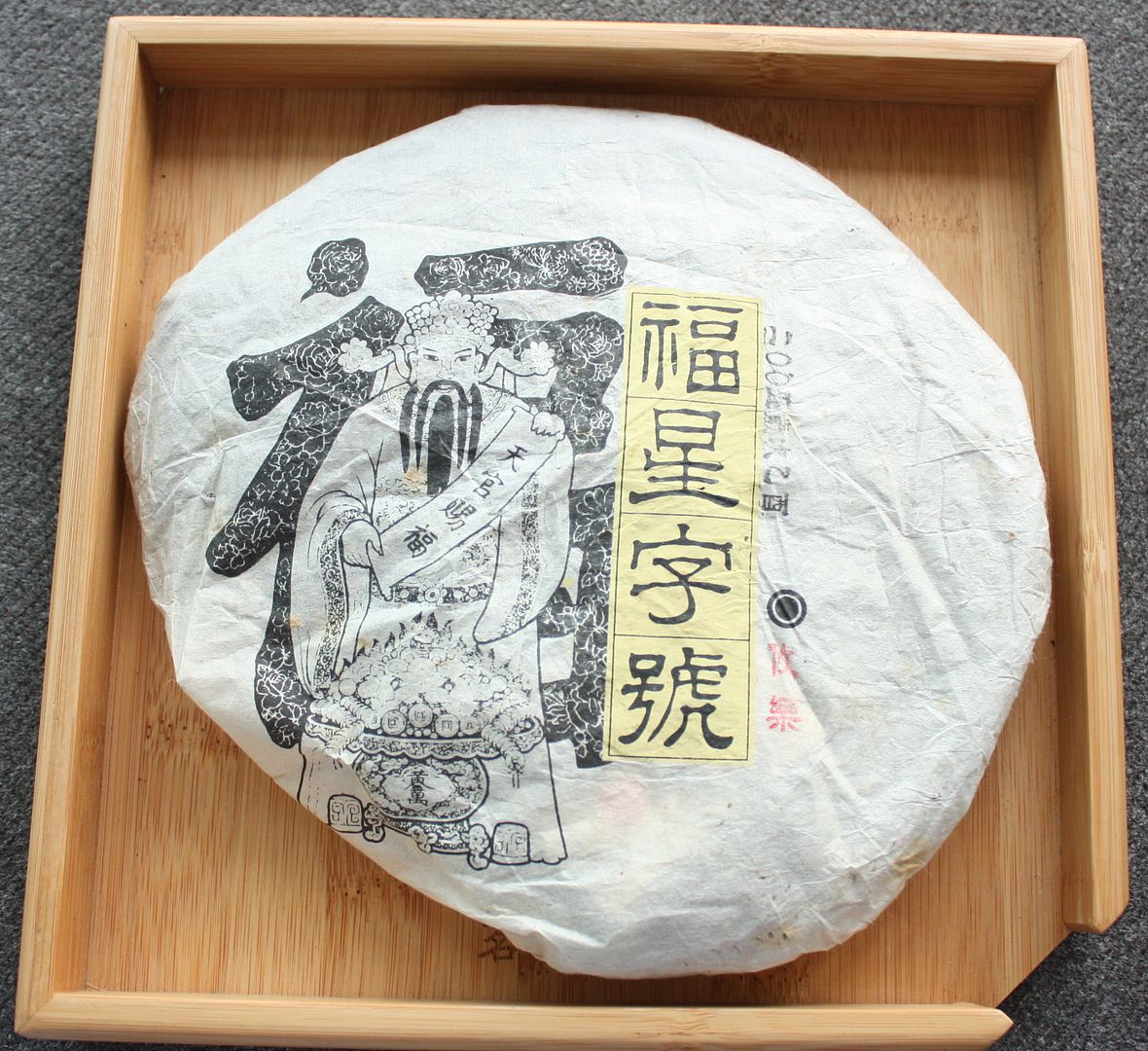
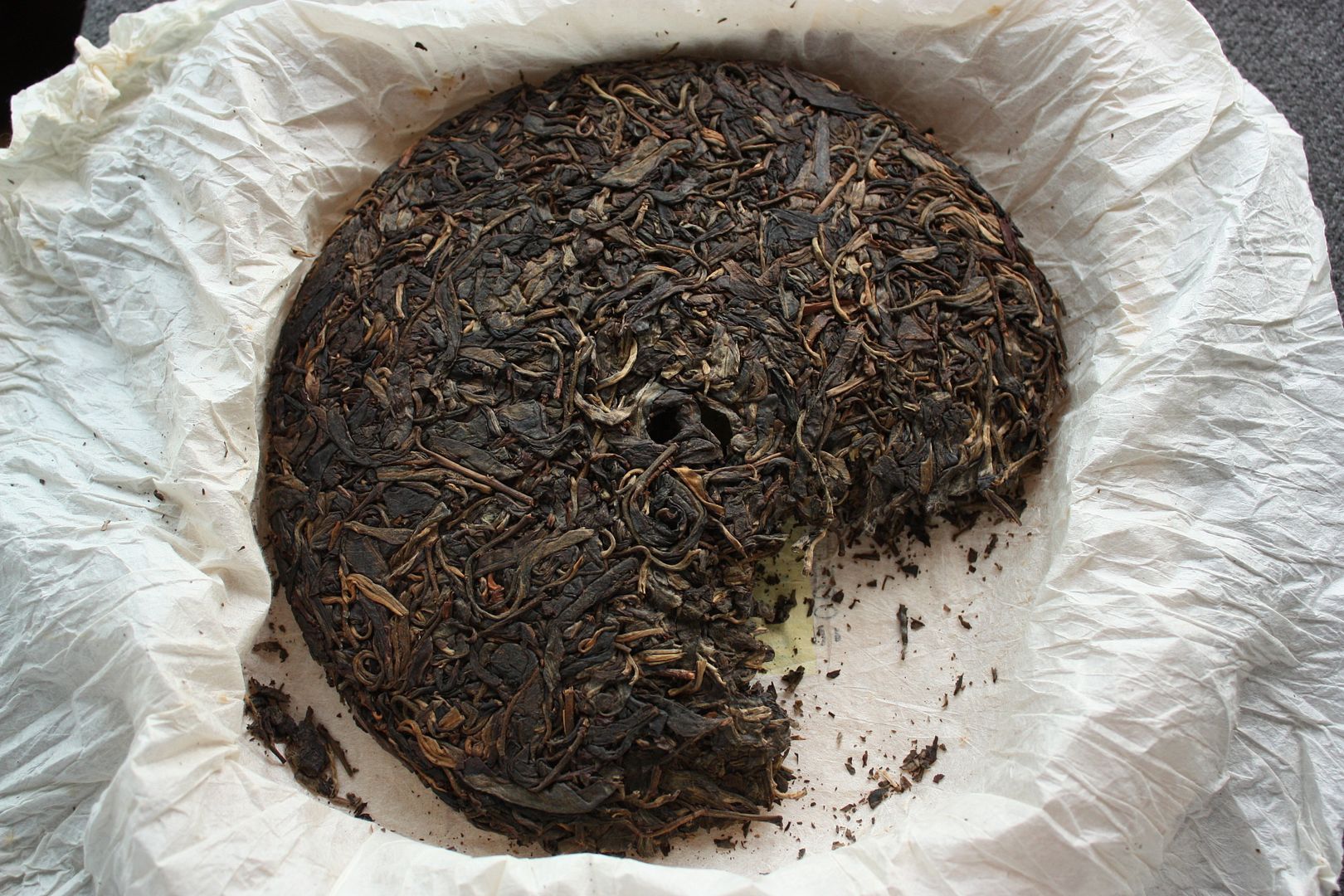
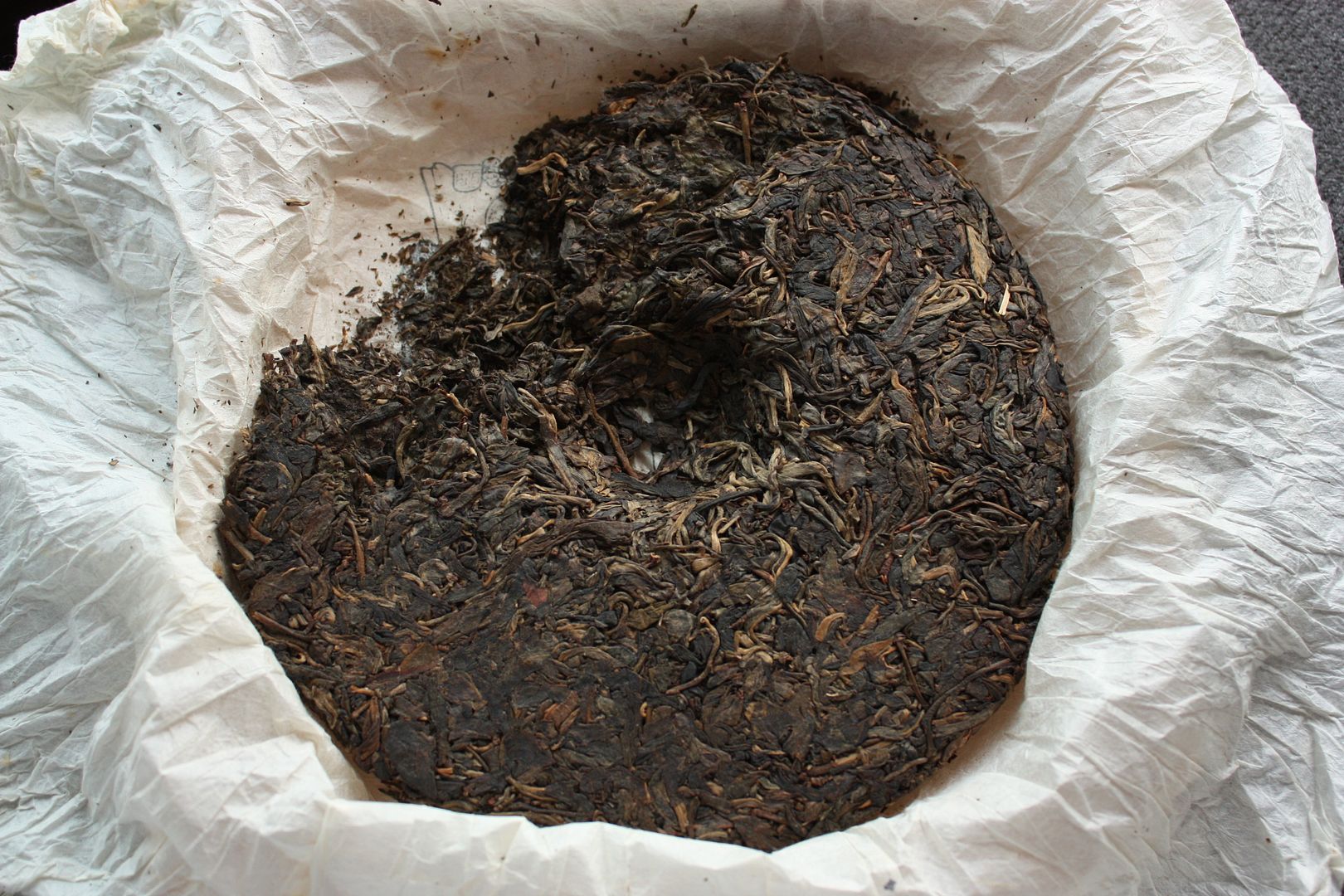
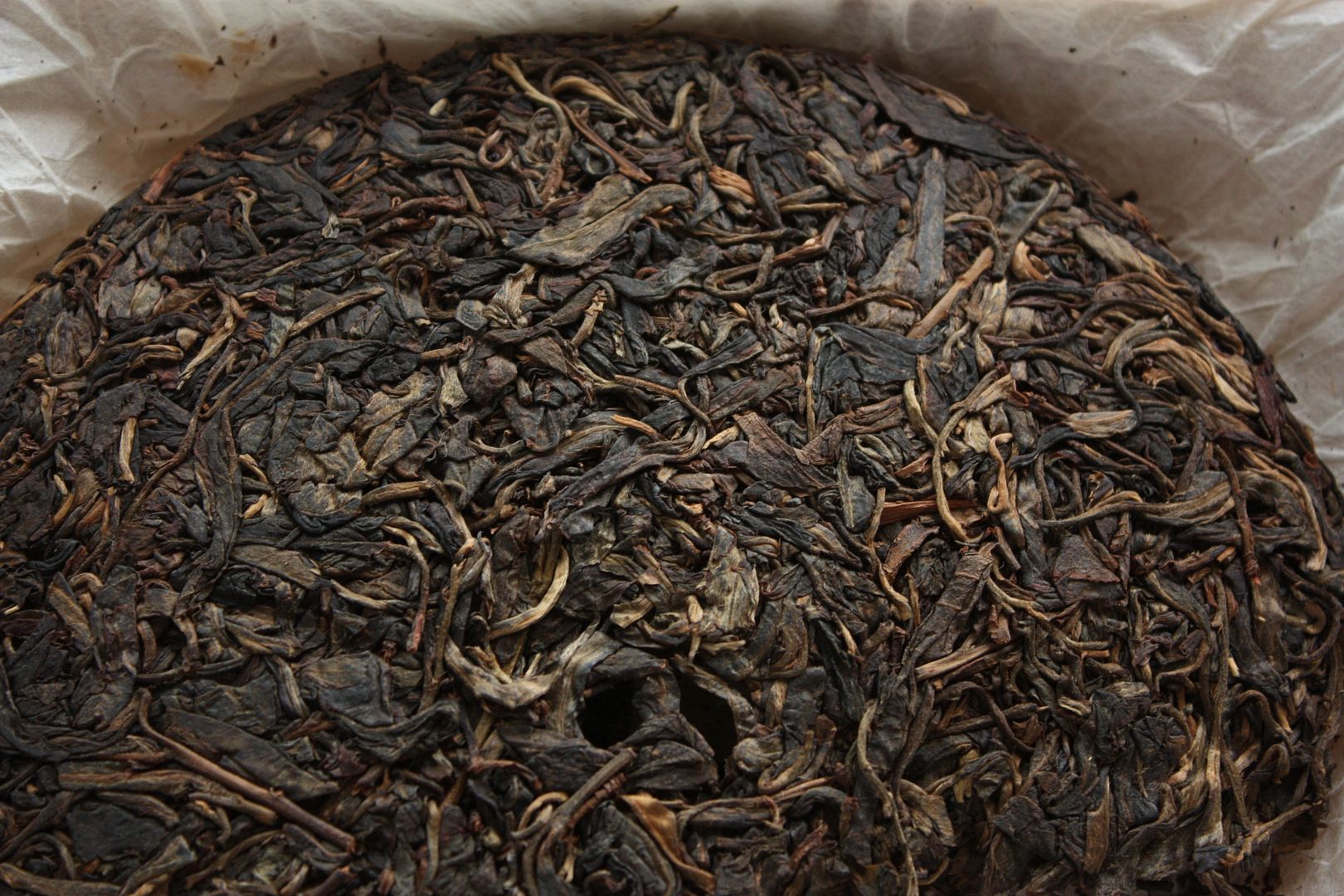
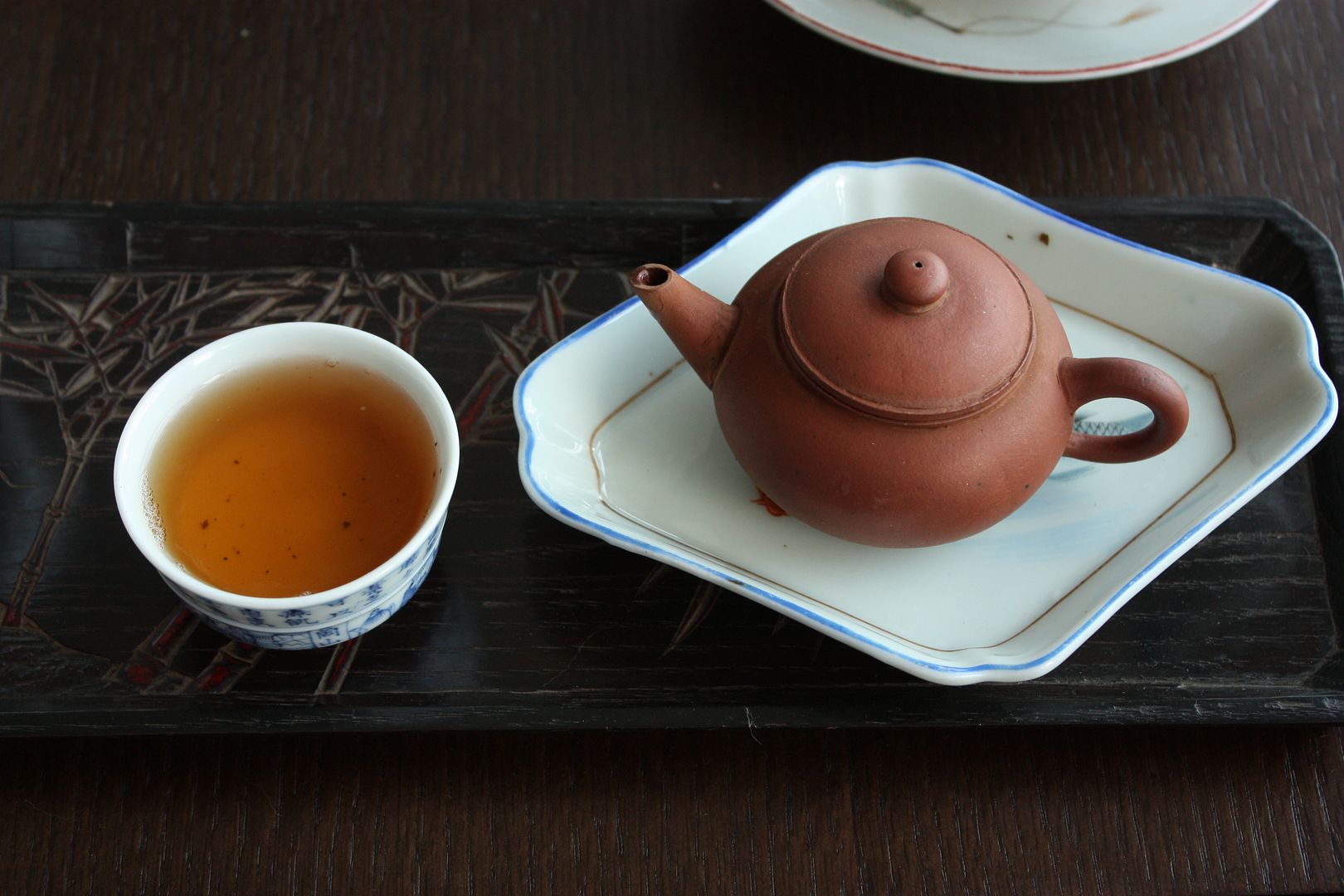
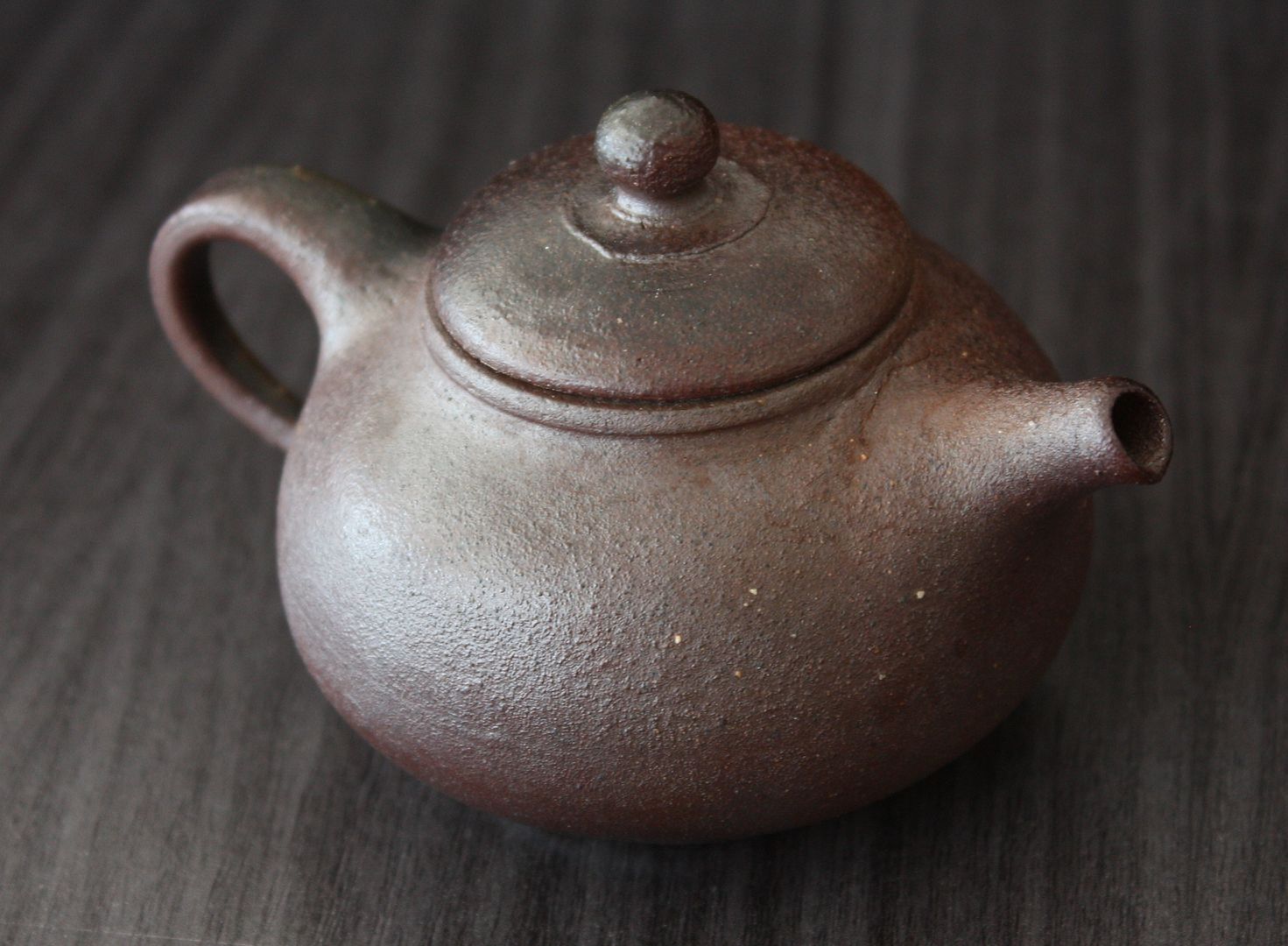
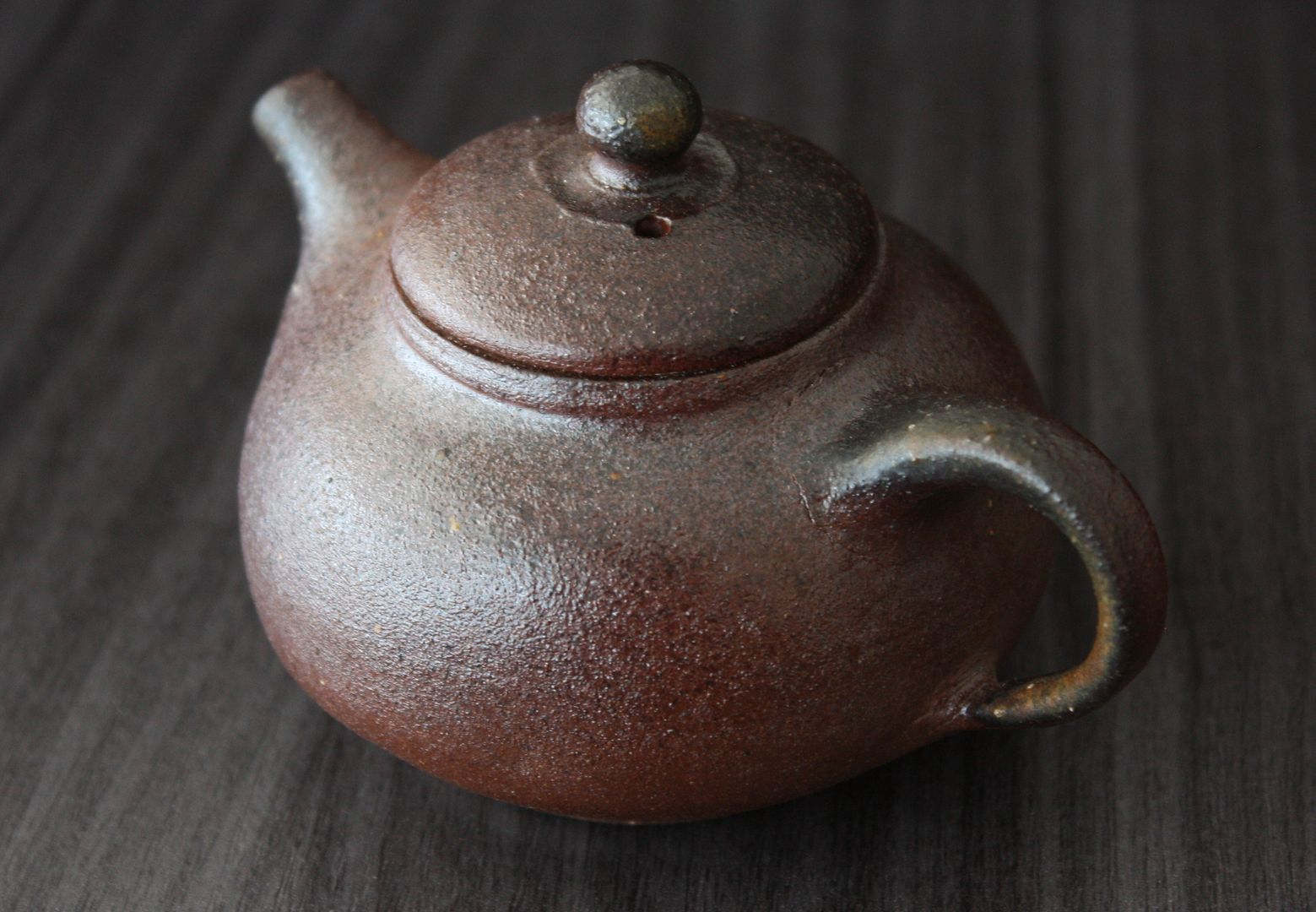
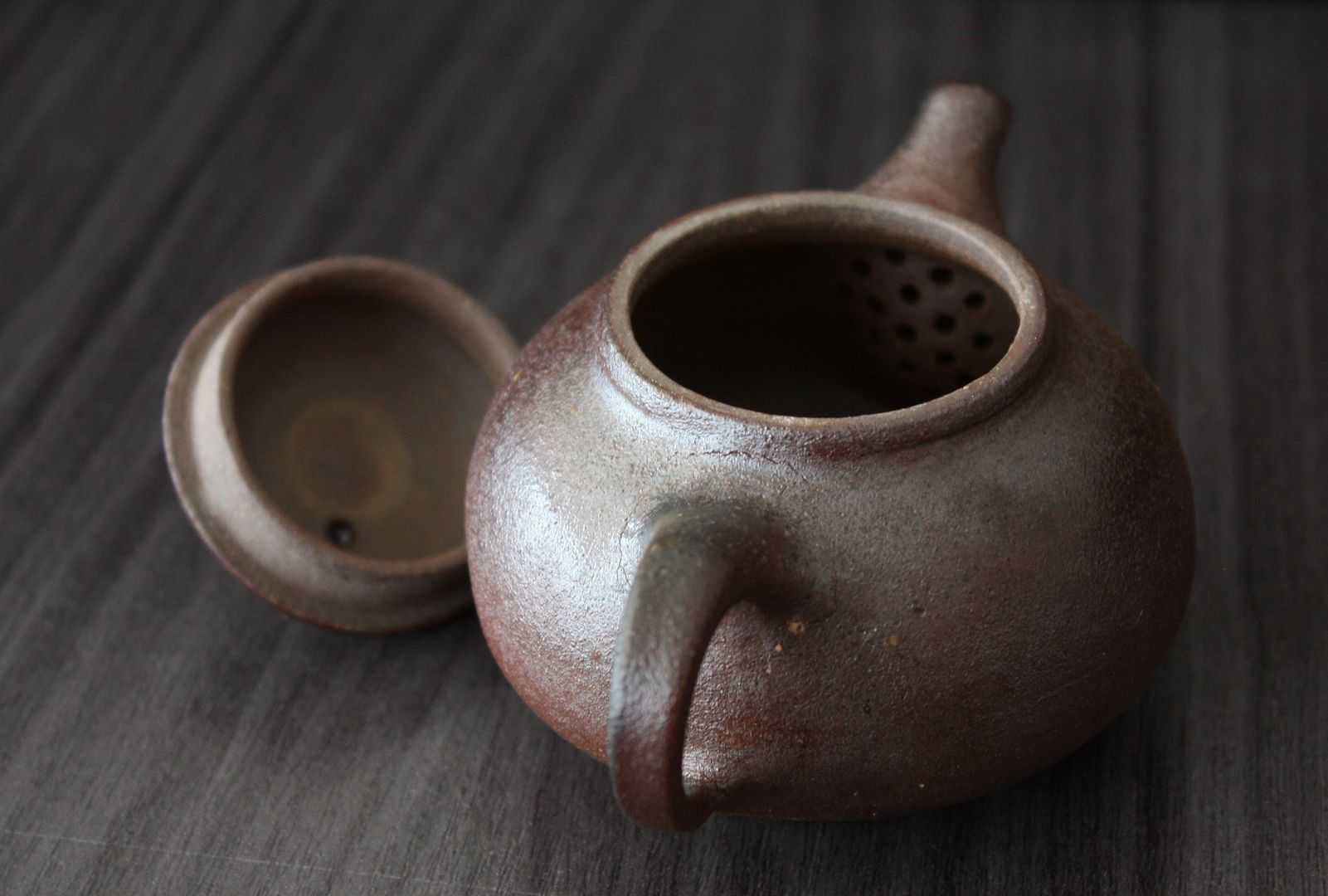
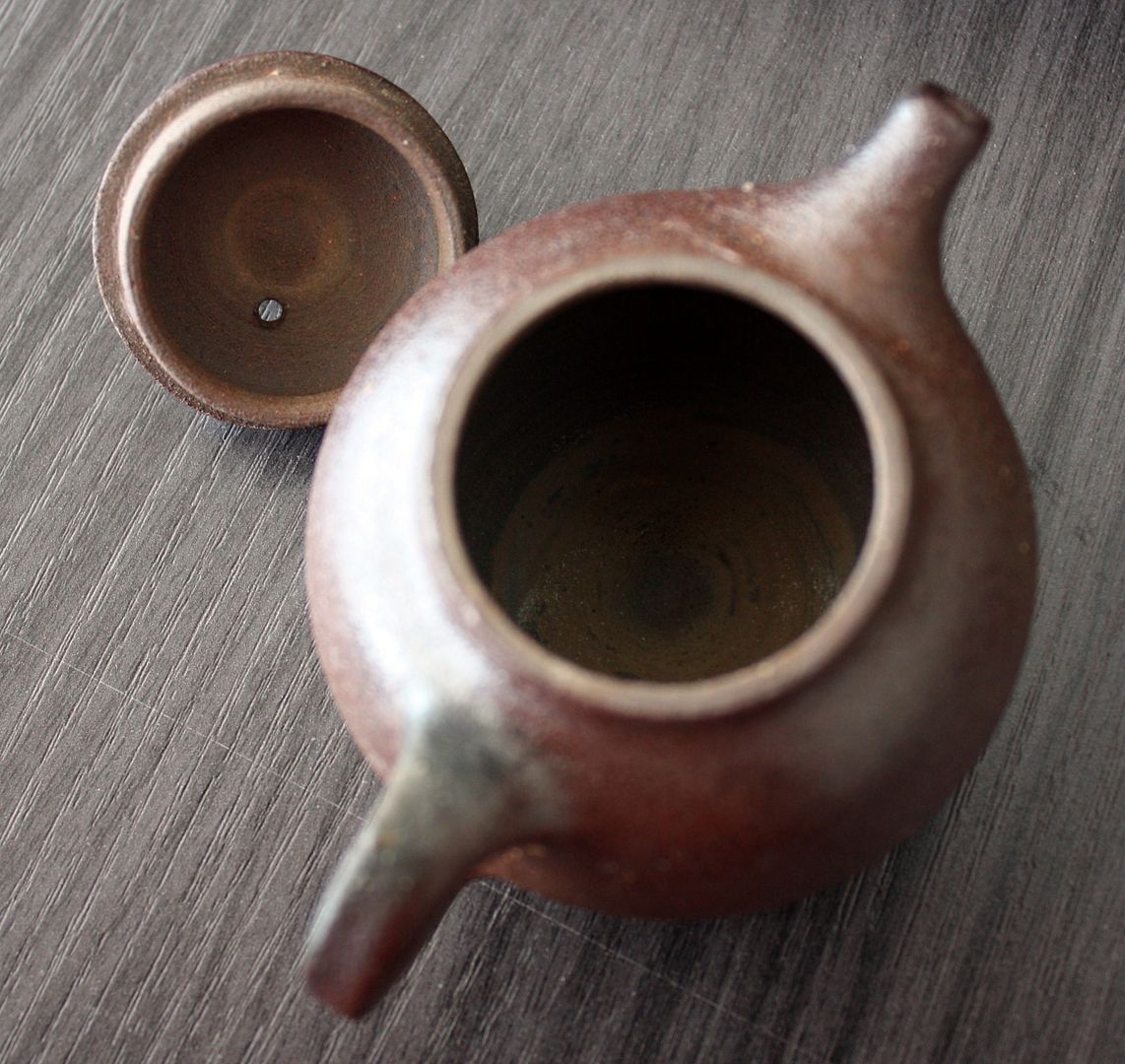
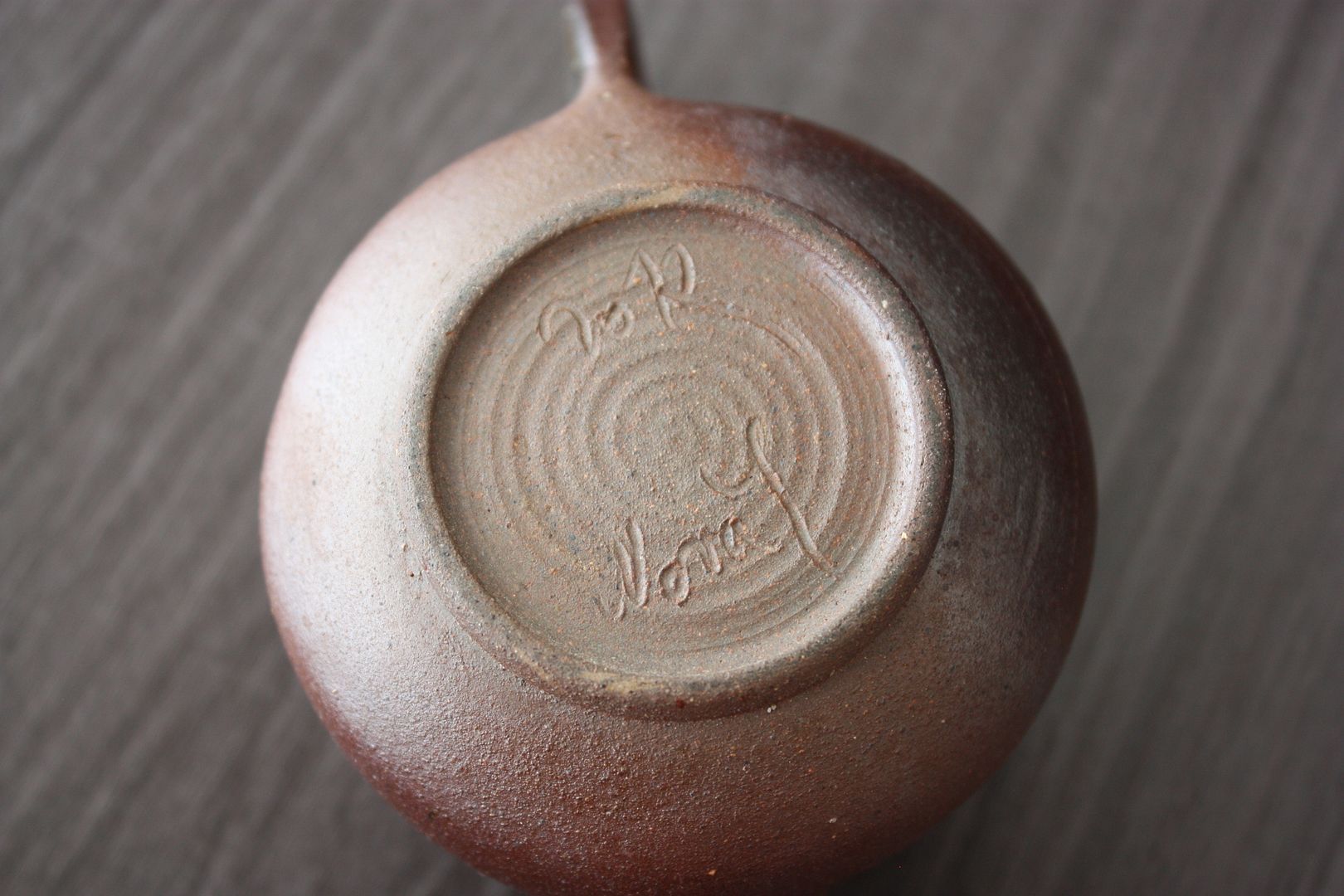
 RSS - Posts
RSS - Posts
Interesting.... would 250C in my oven work?